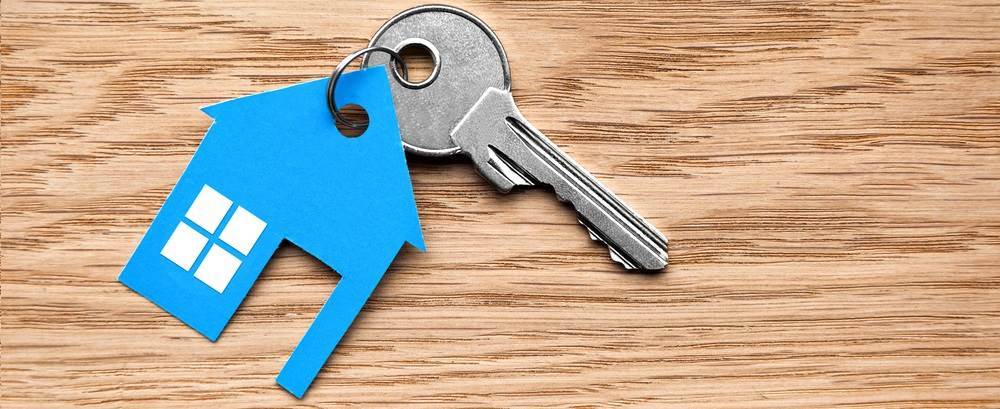
Scottish house price inflation experiences biggest annual increase since 2007
In the first quarter of 2015, Scotland’s house price annual inflation was 14.6% - the highest annual increase in Scotland since July 2007.
This is higher than England, which saw 9.4% rise in house price annual inflation, Northern Ireland, which saw a 7.5% rise and Wales a 5.7% rise.
The figures, revealed by the Office of National Statistics (ONS), also discovered that UK house prices increased by 9.6% in the year to March 2015, up from 7.4% in the year to February 2015. Excluding London and the South East, UK house prices increased by 8.1%.
ASPC’s latest Aberdeen housing market report for Q1 2015 found very similar results, with the average year on year price increase of 7.3% in Aberdeen City and suburbs.
ONS found that the average mix-adjusted house prices in March 2015 stood at £284,000 in England, £173,000 in Wales, £145,000 in Northern Ireland and £207,000 in Scotland.
Compare this to our housing market report, where the average house price in Aberdeen and surrounding suburbs for Q1 of 2015 is £251,163.
This suggests that despite the decrease in oil prices, the housing market in Aberdeen is still holding steady, and as yet is not affected by the North Sea. This is still something to keep an eye on in the coming months, and we will look forward to the Q2 stats so see if this steady trend continues.
But the most important question – and what you’re probably hoping to learn from this blog – is what these figures predict for the housing market over the coming months.
Overall, we can see from both our own figures and the ONS statistics for the UK as a whole that the Scottish market is very active, and that change from Stamp Duty to Land and Buildings Transaction Tax at the start of April may help boost this. Those who are buying properties priced at under £145,000 will not have to pay tax – which could help boost sales to those looking to get on the property market for the first time.
The increase in average price in Aberdeen over the past three months could also be due to the LBTT introduction – with a greater number of higher-end houses coming onto the market as people, thinking of moving, sought to beat the deadline. Although lower priced houses will now be charged at a lower rate of tax under the new system, higher prices houses will likewise receive higher taxation, as our blog on the issue discusses. From this, it may be the case that high-priced houses will have a slower selling process in the months to come, but this could be offset by sales of less expensive properties.
As you may also have seen from news reports, mortgages have never been cheaper, providing another opportunity for first time buyers to get on the market and also helping those seeking to move into a larger home.
With an average 72% of properties in the ASPC housing market area selling ln less than 100 days, it’s clear the property market in the North East of Scotland is holding well – and will hopefully remain this way.


